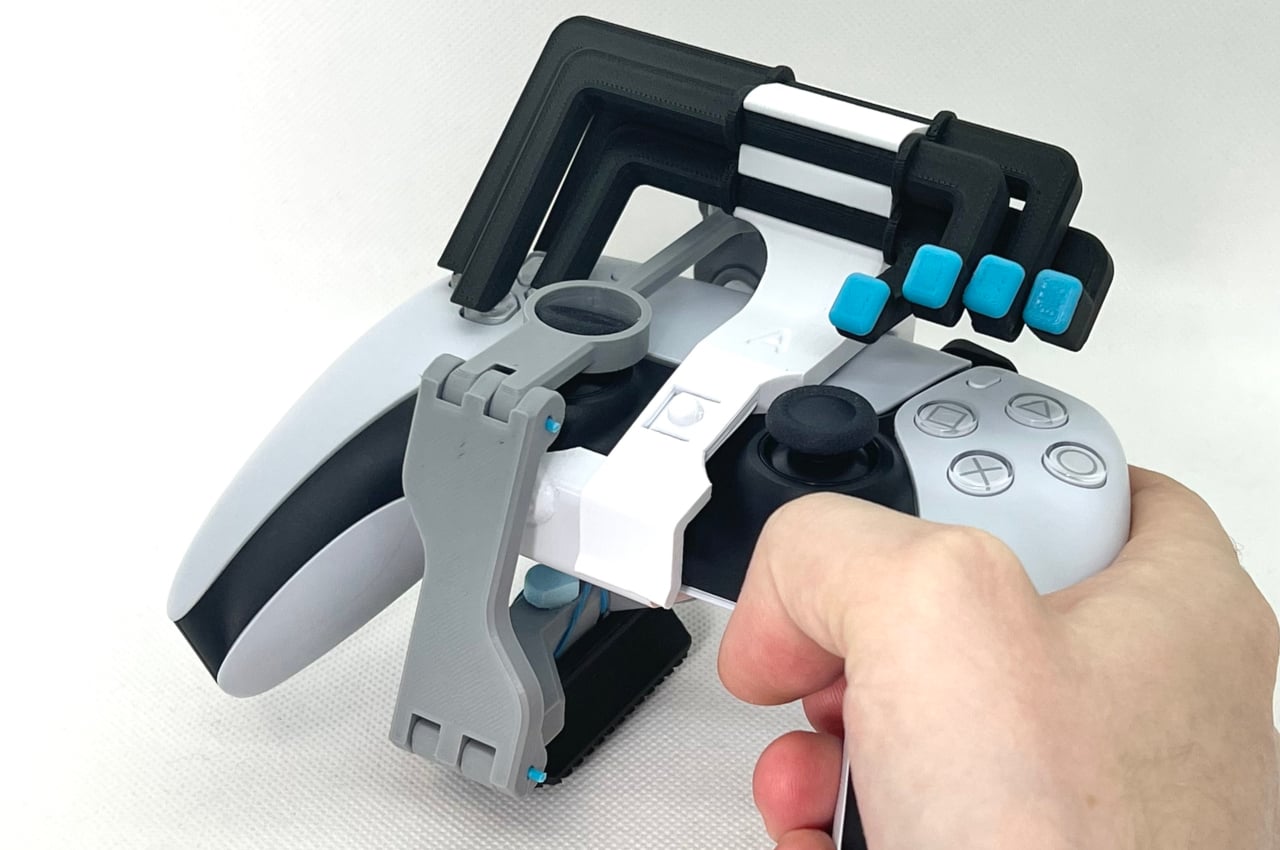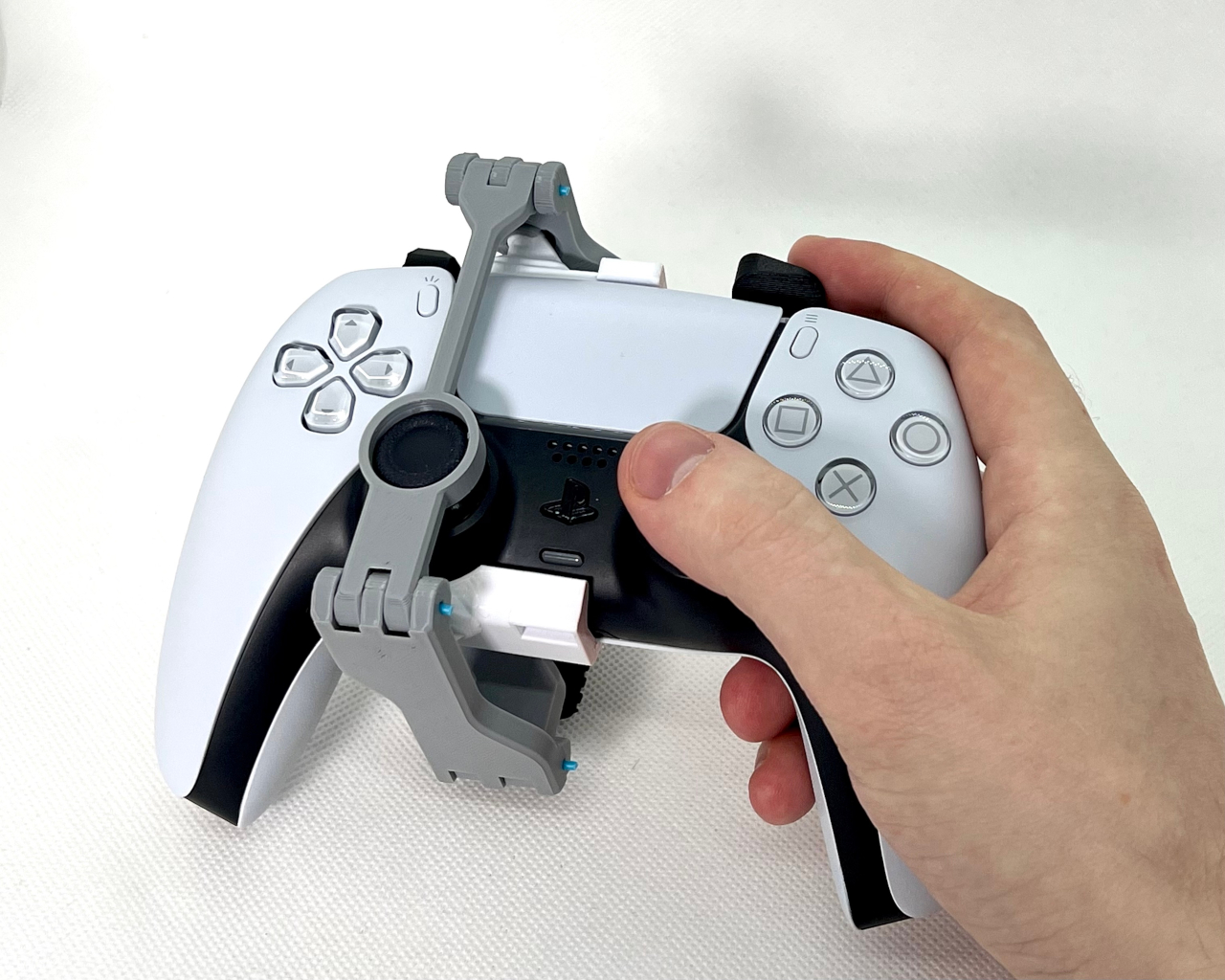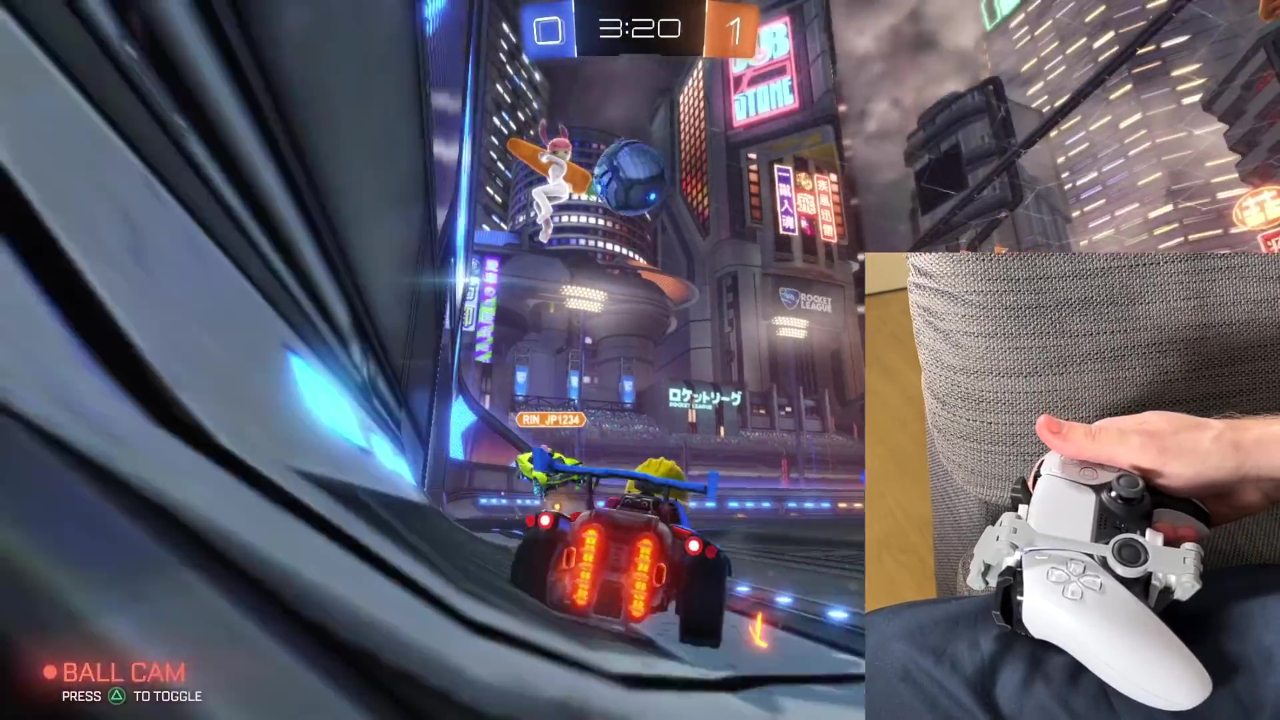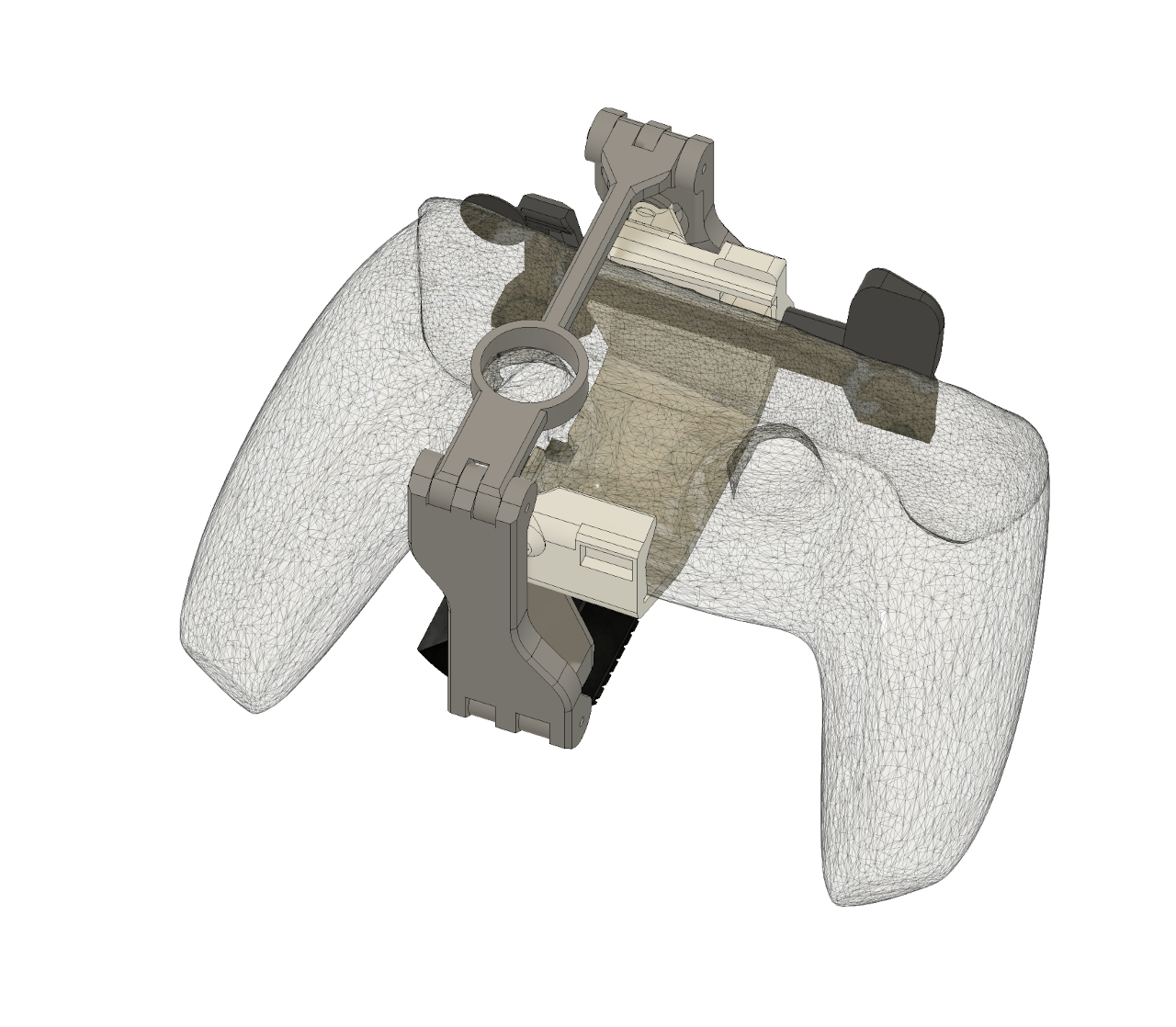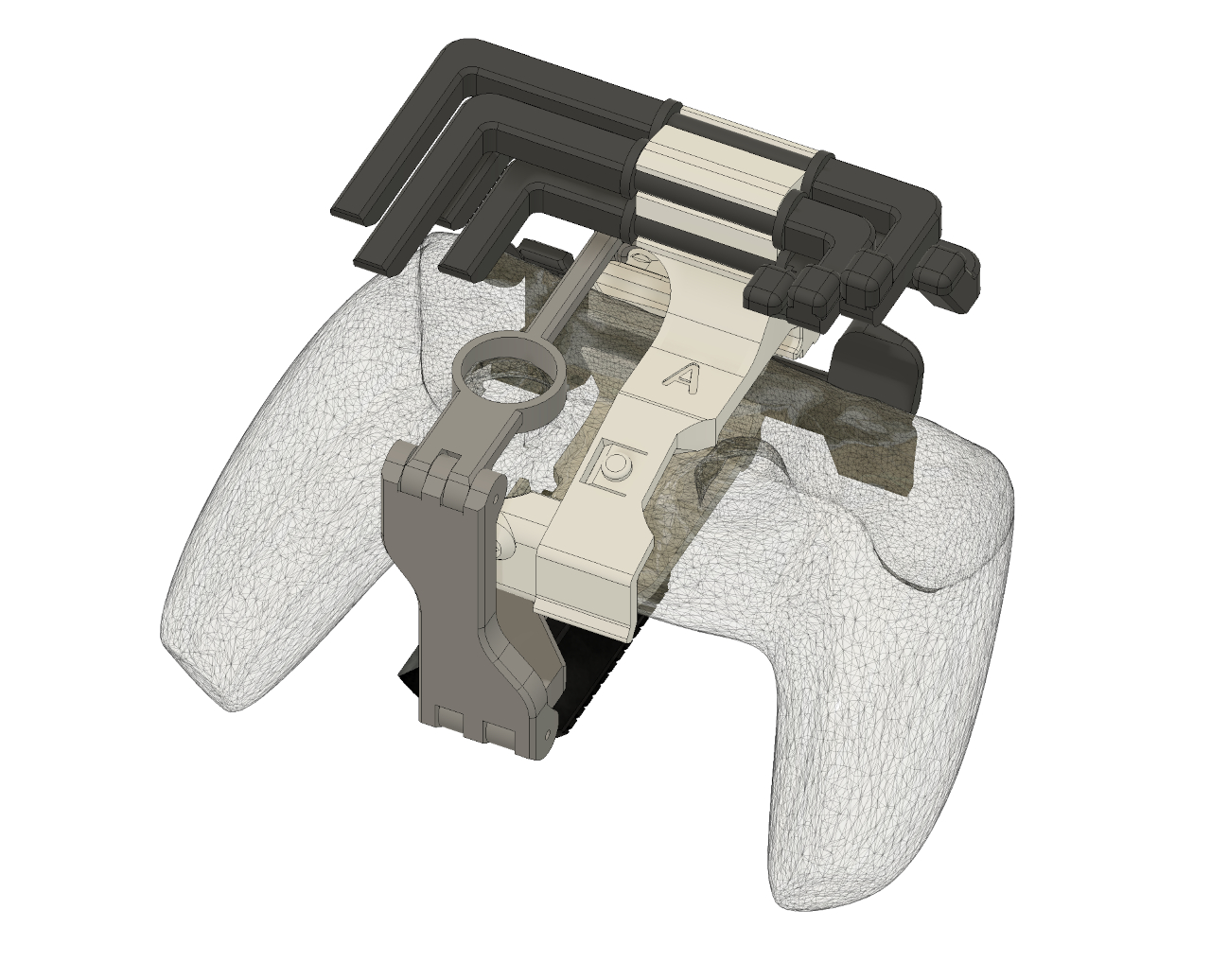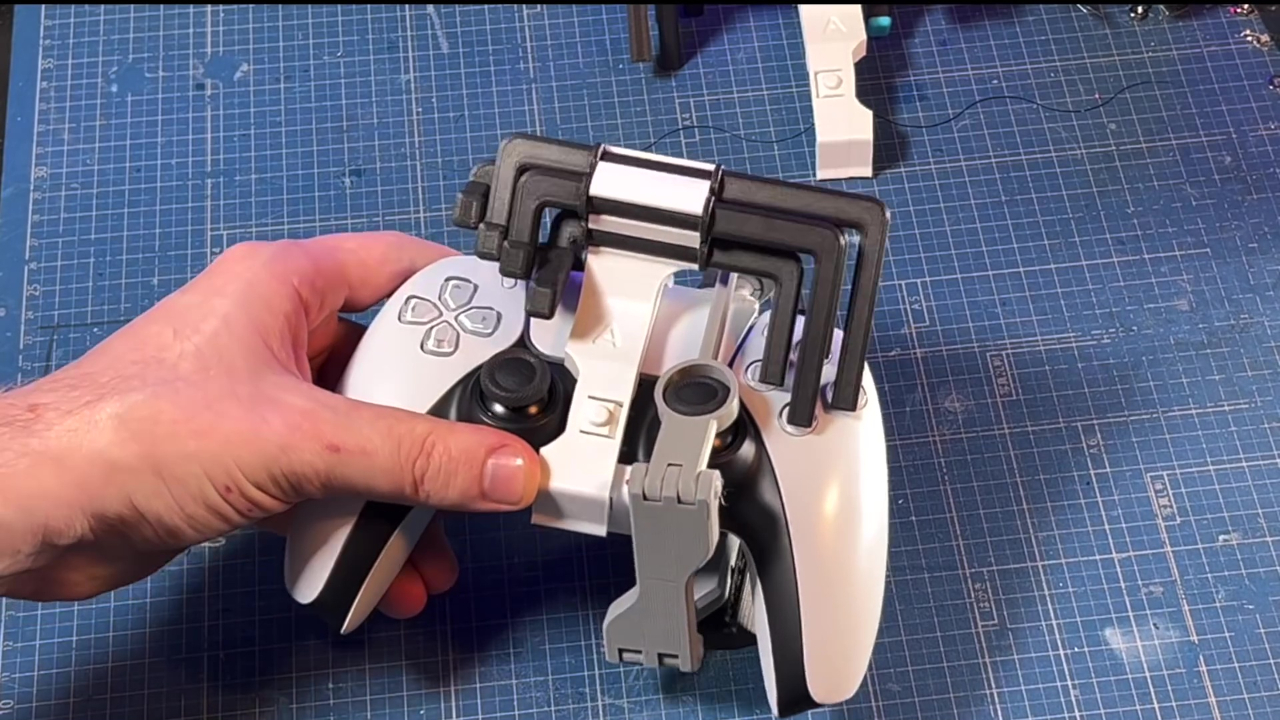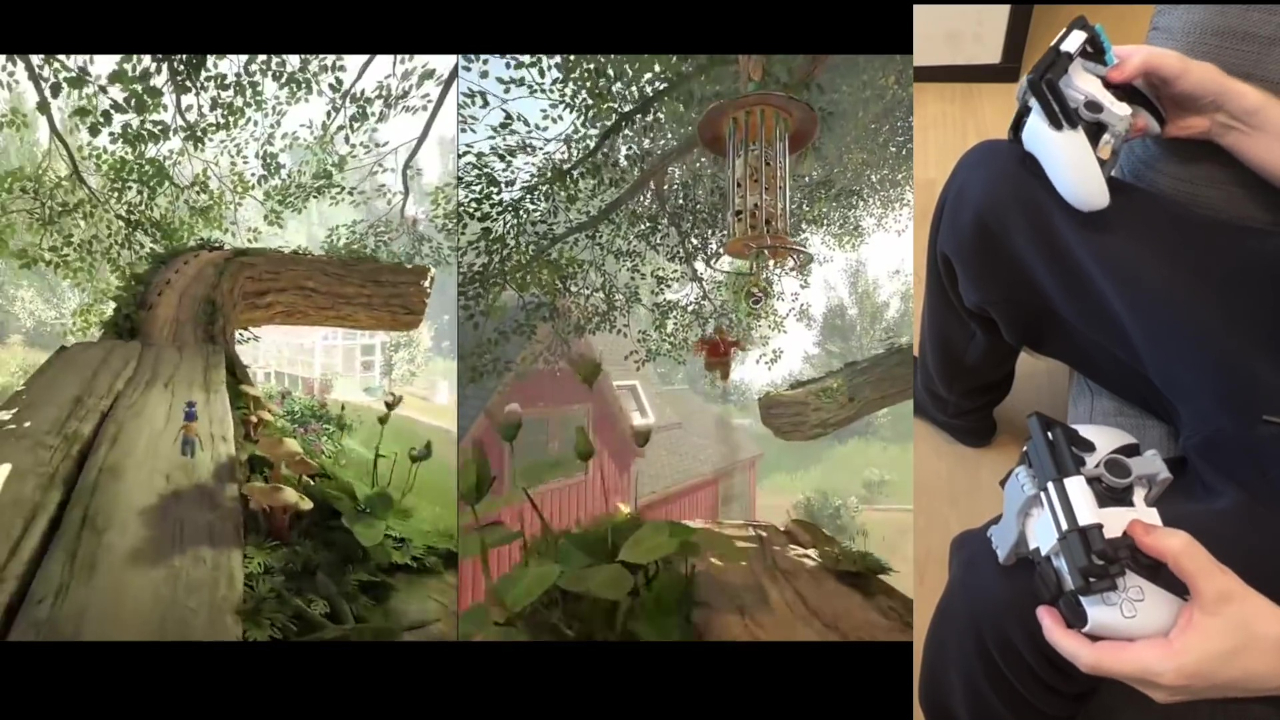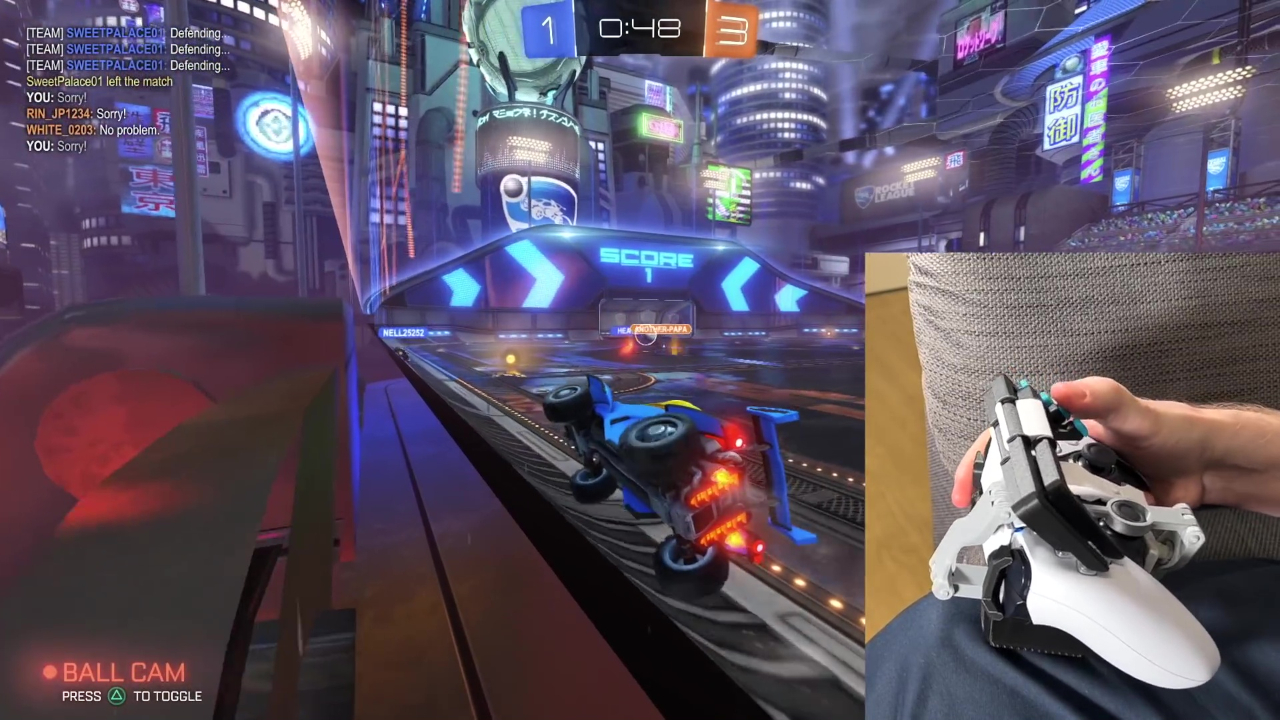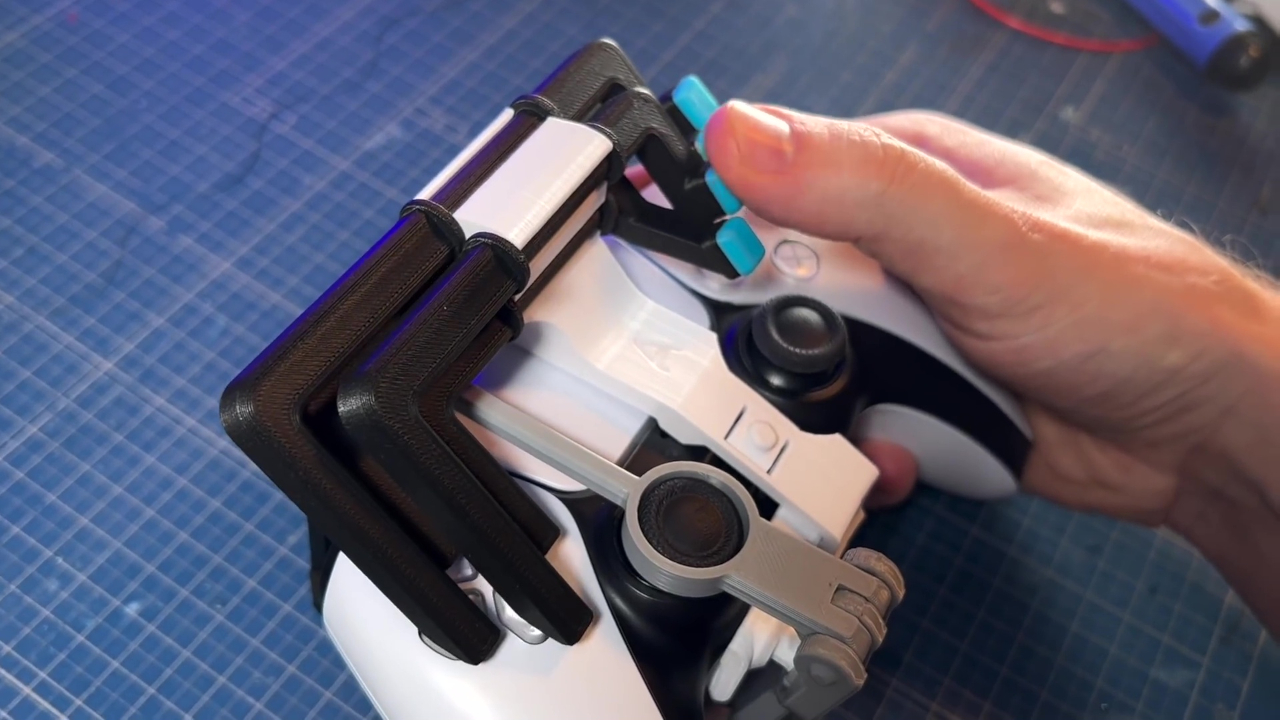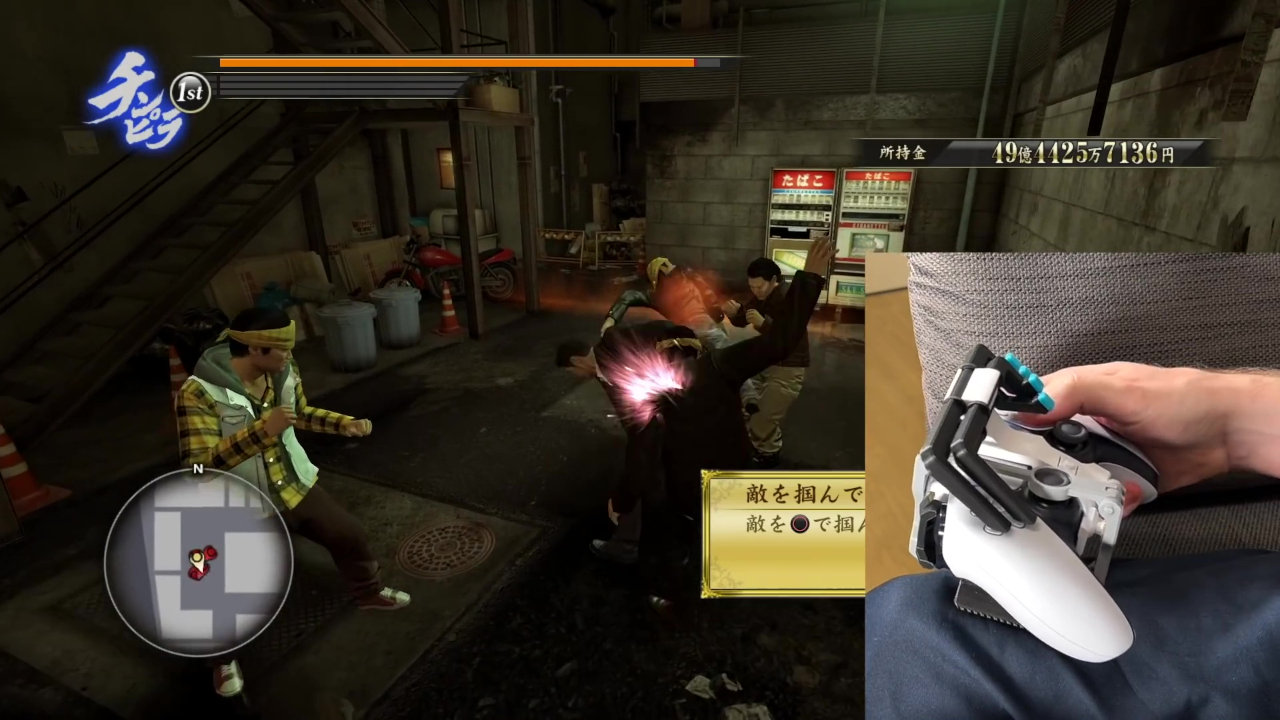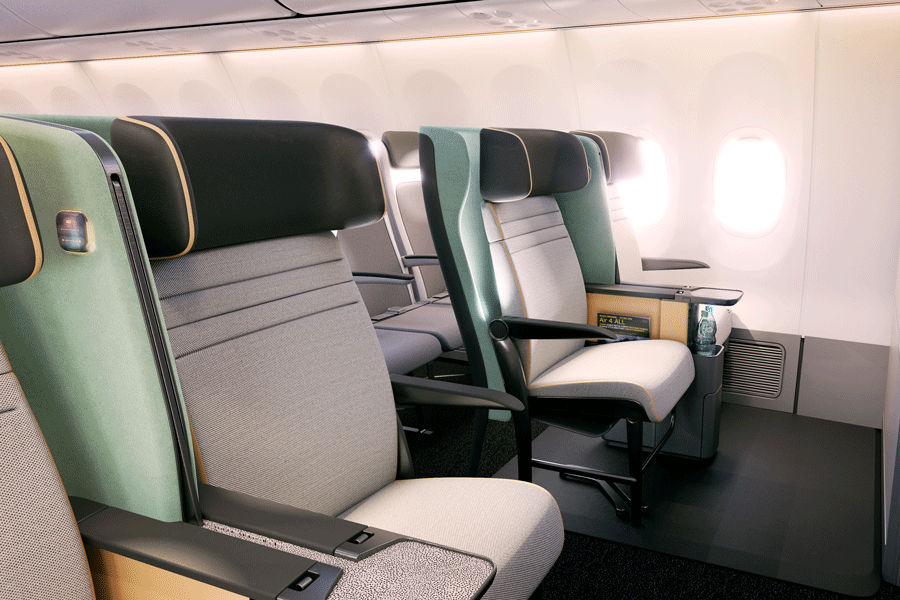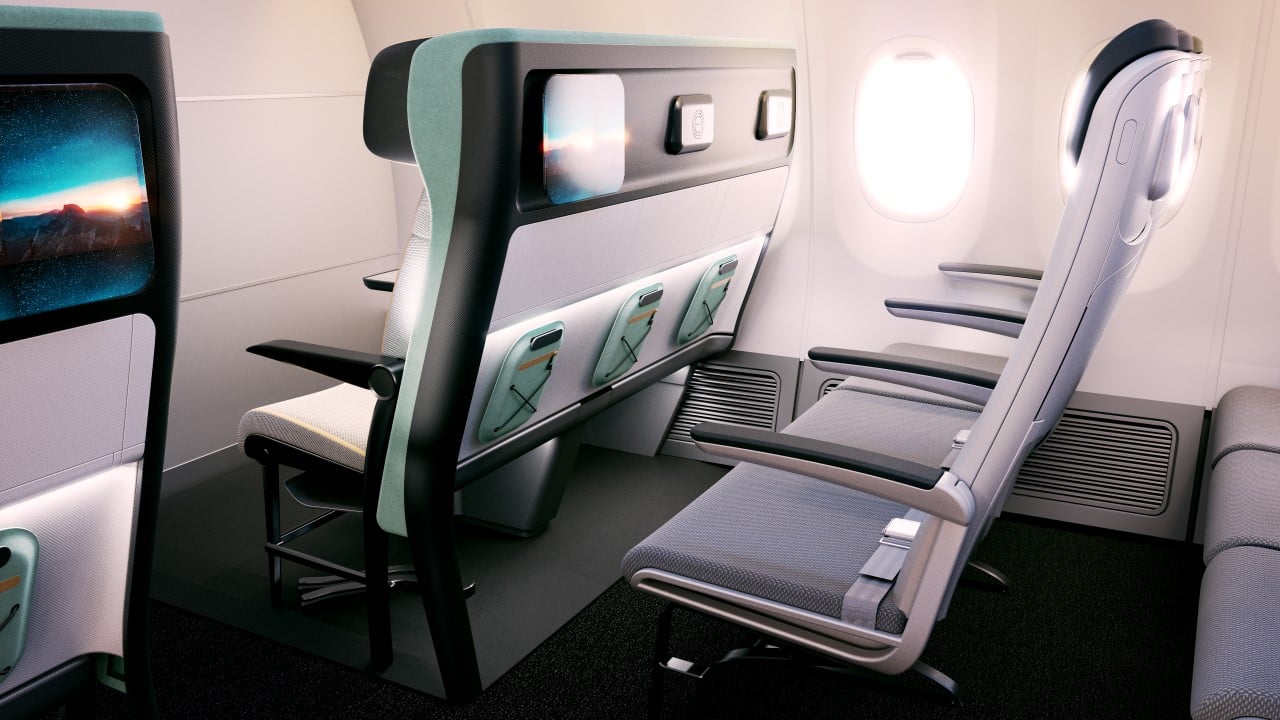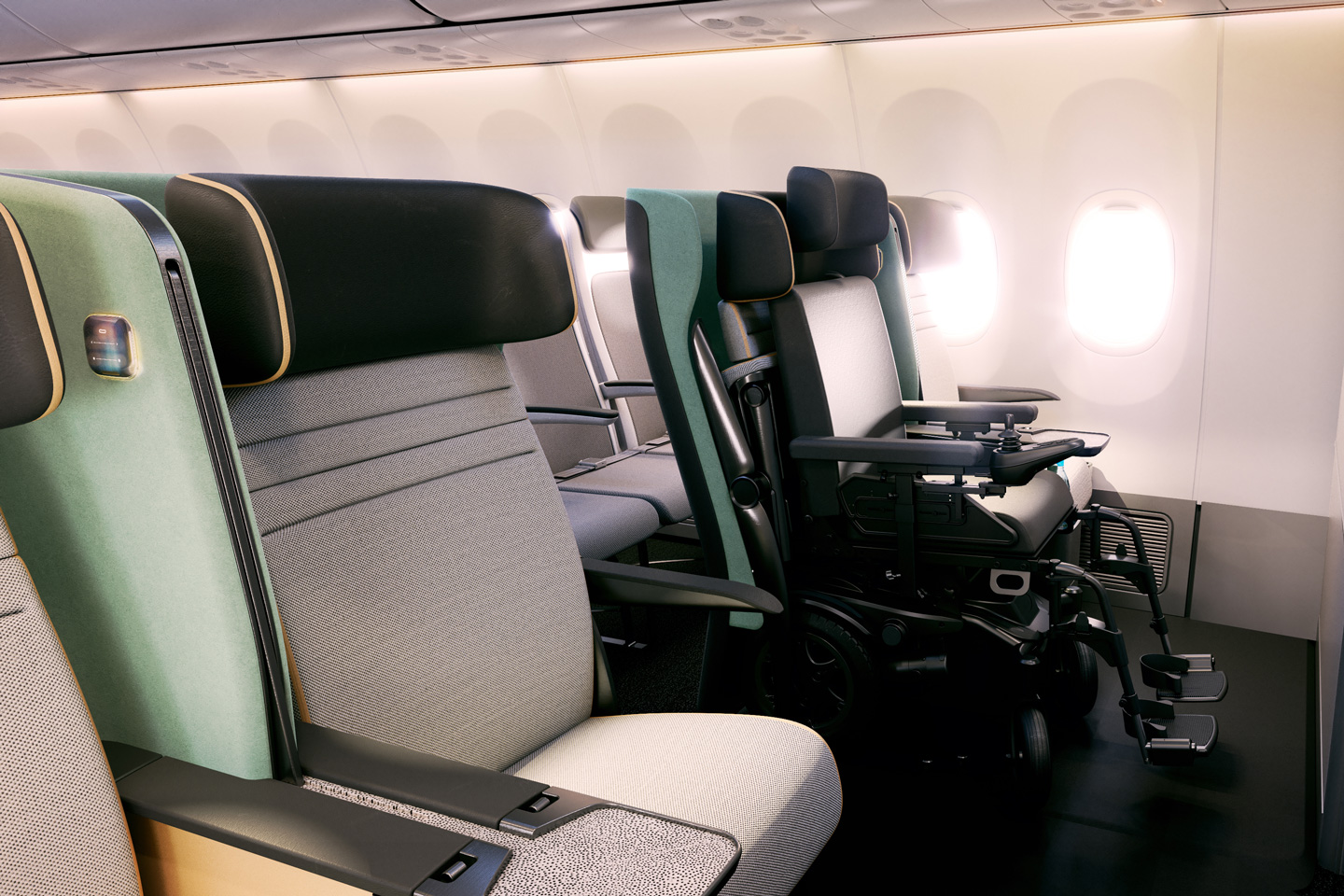Many gaming advocates insist that gaming is something that everyone should be able to enjoy, not just your hardcore gamer, be it on console or mobile. While that may be true in general, the fact is that most games do exclude a set of people that might actually need these games even more because of their emotional and psychological benefits. People with physical disabilities, both in senses and mobility, have long been left out of mainstream games, but things are fortunately changing for the better. Game developers have become more conscious of adding accessibility options to games, and gaming accessory makers are designing more peripherals to empower people with special needs to level up their game. Case in point is 8BitDo’s new Lite SE controller that is making gaming for people with limited mobility more accessible, both in design and in price.
Designer: 8BitDo
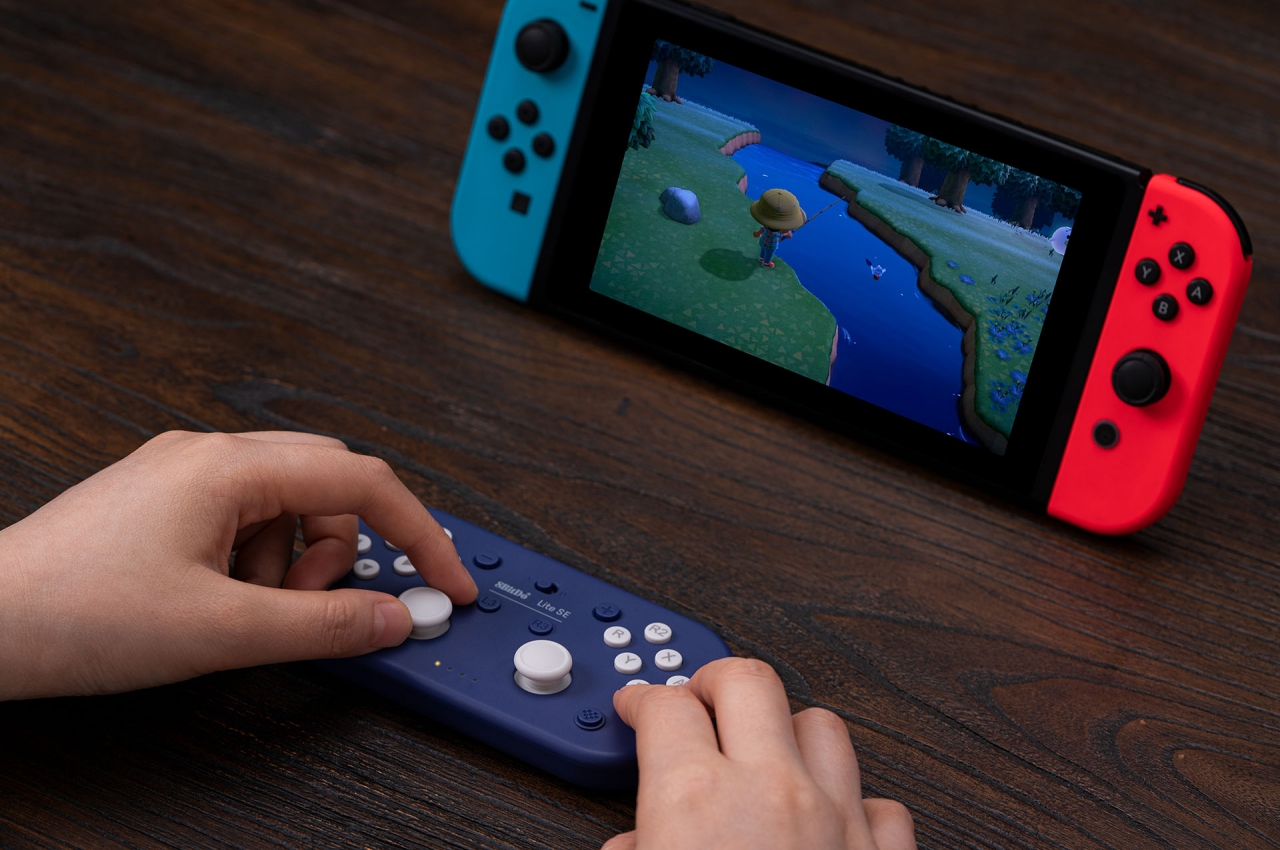
Game controllers further push the image of gaming as something only for able-bodied people. They require a certain set of skills to even hold, and the games that are designed around them presume full control of hands and fingers. The basic shape of the controller hasn’t changed much over the years, and, just like computer keyboards, they don’t exactly have the most ergonomic design, let alone an accessible design for less capable people. Prodded by a loving father who wants to see his son experience the joys of modern games, 8bitDo co-engineered a controller that could be used by people with limited mobility without having to burn a hole through their wallets in the process.

Microsoft’s Xbox Adaptive Controller (XAC) was one of the first mainstream companies to put out a controller specifically for people with physical disabilities. It looked more like a DJ box merged with an overblown controller. It is huge and, at $100, not inexpensive, though it makes up for that with its customizability and features. It does also mean that it requires a bit more setup (and additional peripherals) to make it work with regular games.
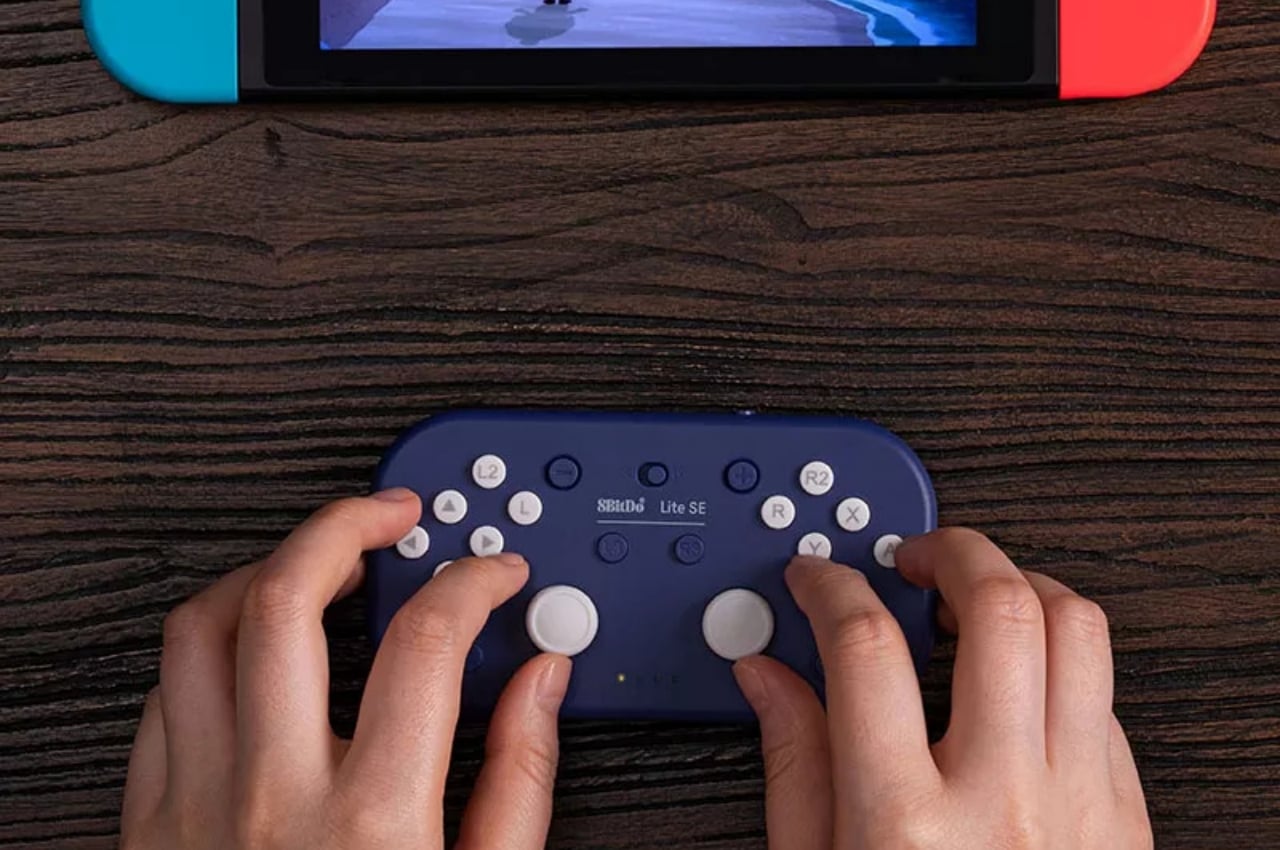
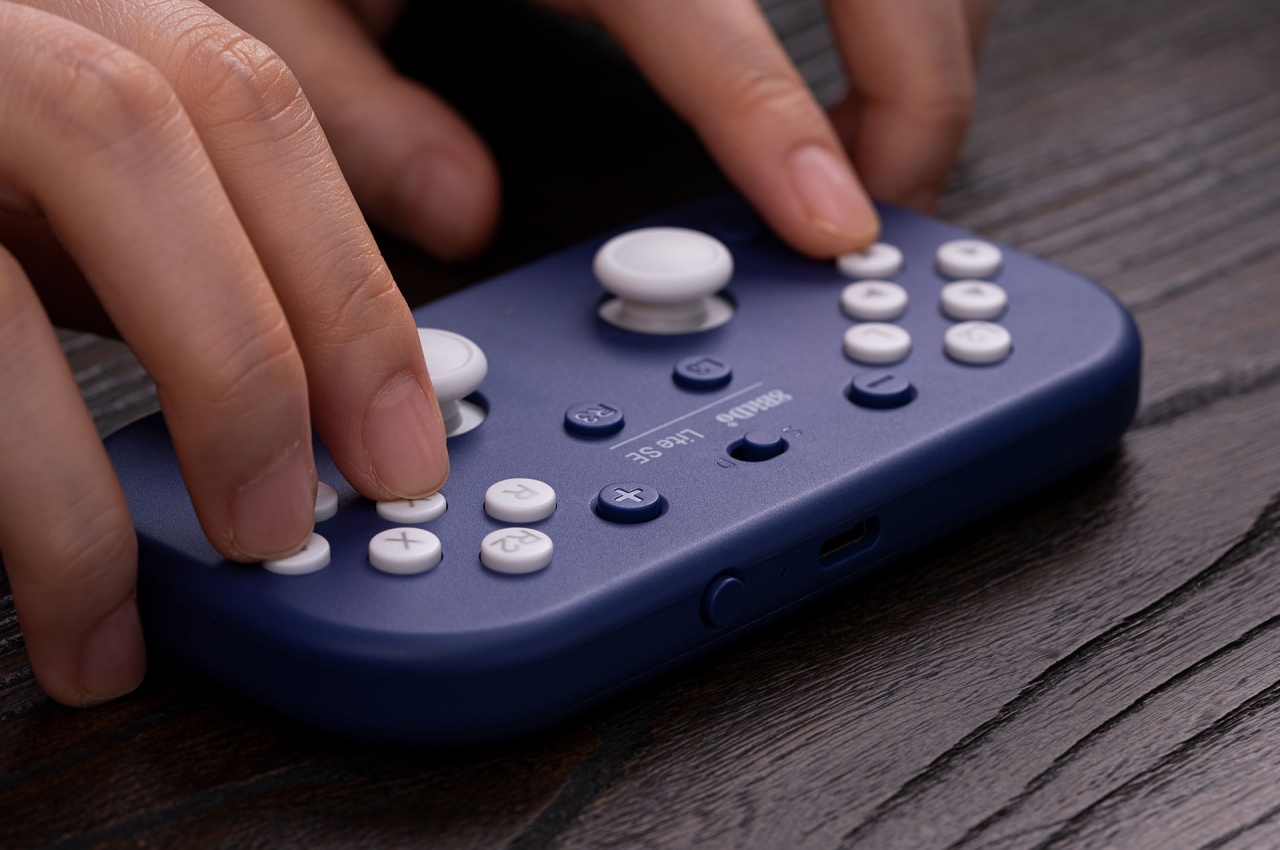
The 8BitDo Lite SE, in contrast, is targeting a more specific crowd and with a specific purpose, to make gaming easier, accessible, and affordable for people with limited mobility. It comes in the traditional shape of a game controller, so it could still be used as a regular one. It is, however, designed to stay put on a table like a joystick box but takes up very little space compared to the XAC. A non-slip matte bottom prevents it from sliding while you push and pull, but it seems to be removable, so you can still hold it in your hand comfortably.
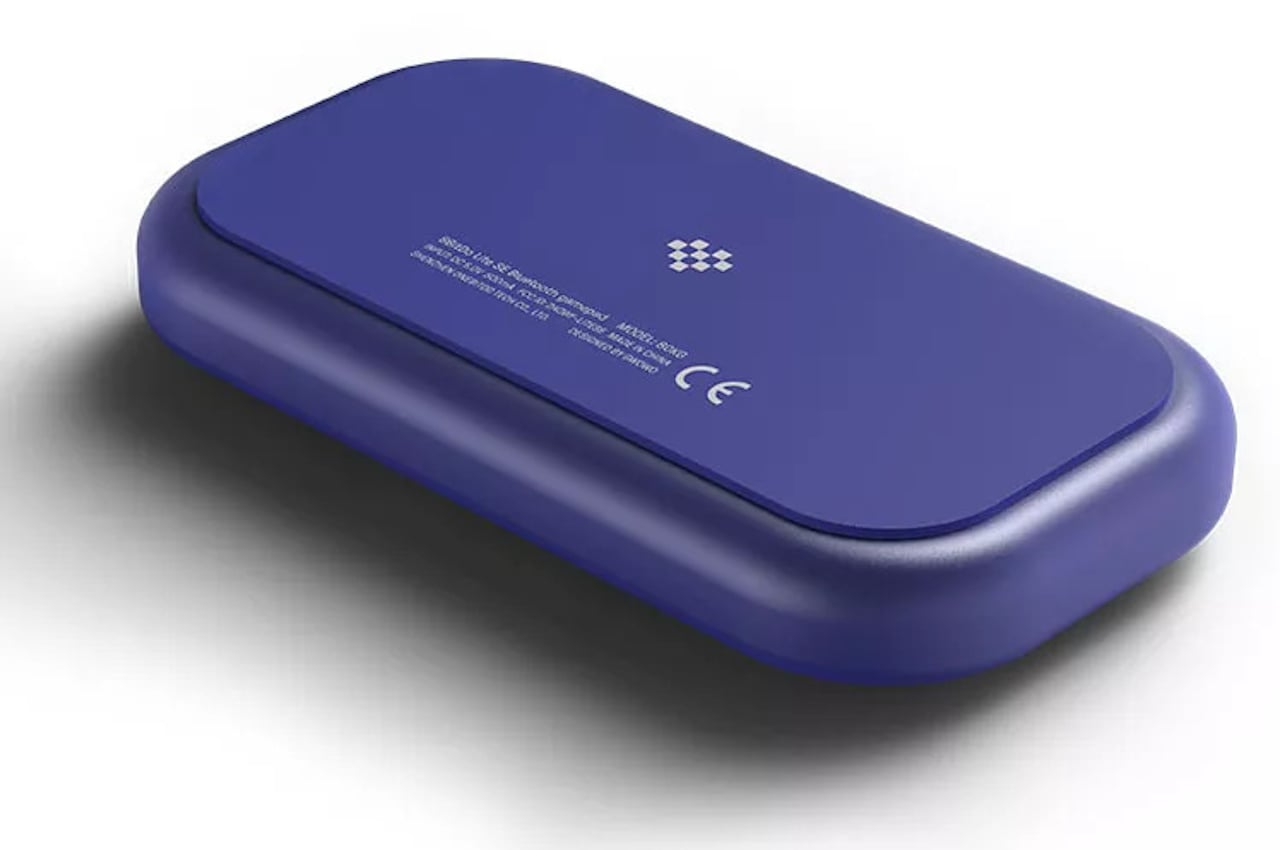
What really makes the controller more accessible, however, is how all the controls are located on its face. No more trigger and shoulder buttons that require more dexterity to use, just buttons you can easily mash. The controls, including the analog joysticks, are designed to offer less resistance so that it won’t take too much muscle strength to manipulate them. Plus, it will only set gamers or their families back by $35, a far cry from the XAC’s hefty size and price tag.
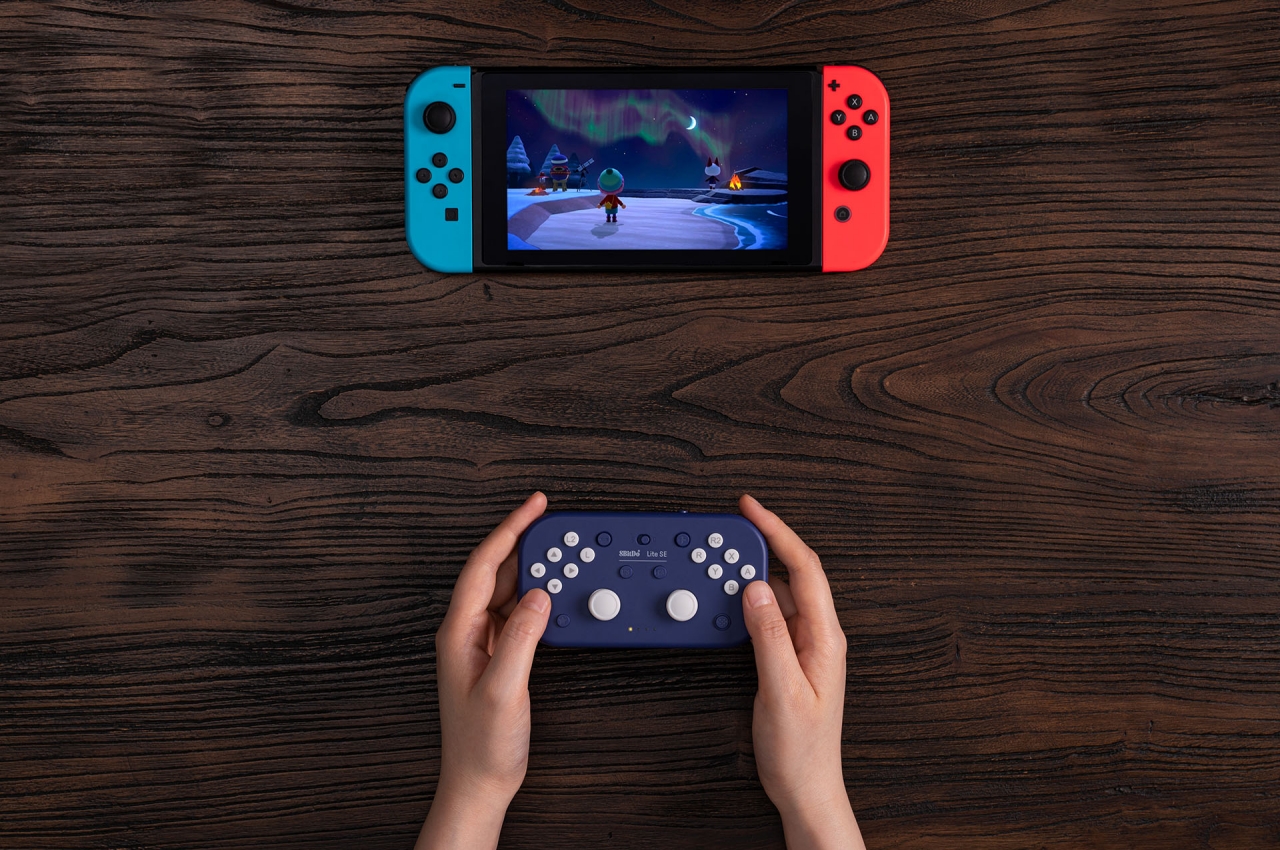
That said, the 8BitDo Lite SE only solves half the accessibility problem of games. Even with all the buttons on the front, many games are still designed right from the start without considering the needs of people with disabilities. Fortunately, that trend is slowly but surely changing, with more developers and studios adding accessibility options from the get-go. And just like with any accessibility feature, these tend to also benefit “normal” gamers, which goes to show how everyone wins when you design with accessibility in mind right from the start.


The post 8BitDo controller makes gaming more accessible for people with limited mobility first appeared on Yanko Design.
